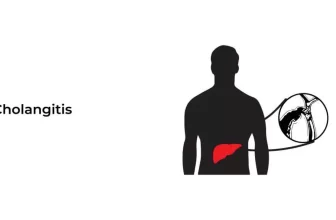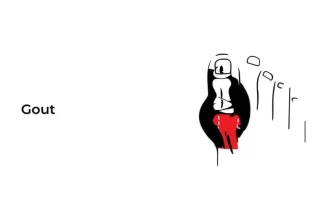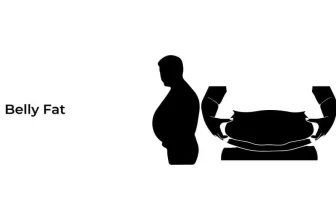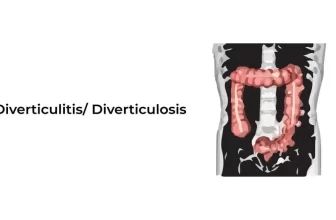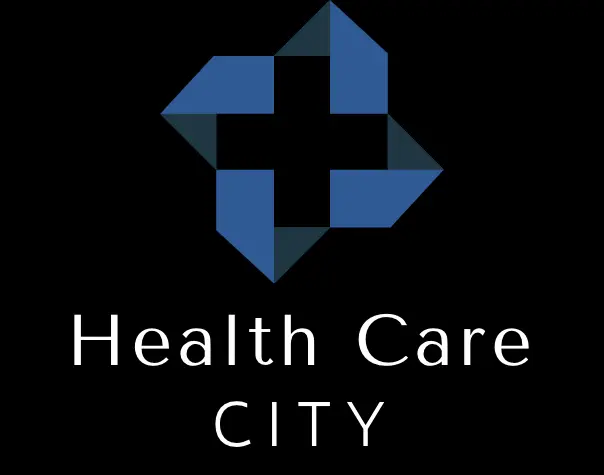The group of muscles that collectively support movement and functioning of the hand is called thenar muscles. These Thenar muscles include:
- Adductor pollicis: Thenar muscles can be found near the thumb of the hand that can produce an elevated region known as thenar eminence.
- Flexor pollicis brevis: It consists of deep heads that are responsible for thumb rotation.
- Opponens Pollicis: It is a small muscle located in the hand that deeply lies to the abductor pollicis brevisand lateral to the flexor pollicis brevis. The primary role of opponens pollicis is to oppose the thumb in the first carpometacarpal joint.
- Abductor pollicis brevis: The abductor pollicis brevis is the most lateral and superficial muscle lying beneath the skin. It connects the scaphoid and trapezium bones, as well as the flexor retinaculum and the thumb’s proximal phalanx.
In this article, we will particularly discuss Opponens Pollicis, its anatomy, functions, related medical conditions, and treatment.
Structure
The opponens pollicis is a tiny, triangular muscle that is responsible for the functioning of the thumb in the hand. These are a collection of muscles located around the base of the thumb on the palm of the human hand. It is one of the three thenar muscles derived from the hand’s flexor retinaculum and the trapezium’s tubercle. It passes laterally downward on the radial side and is inserted into the entire length of the thumb’s metacarpal bone. While the superficial palmar arch is the source of blood for the opponens pollicis.
Several more arteries also provide extra blood flow such as;
- Artery of the Princeps pollicis
- Artery of the radialis indicis
- Palmar arch
Function:
The primary function of the opponens pollicis is to produce thumb opposition which refers to the complicated movement of the thumb at the first carpometacarpal joint such as flexion, adduction, and medial rotation. Thumb opposition includes the capacity to bring the tip of the thumb into contact with any other fingertip on the same hand. This enables efficient and accurate hand actions, such as grasping circular items or pen holding. The bending of the thumb’s metacarpal at the first carpometacarpal joint along with the cupped palm is the part of apposition for which this muscle is responsible. The movements of several additional muscles at the thumb’s metacarpophalangeal joint are required to truly oppose the thumb.
Medical conditions with Opponens Pollicis
Paralysis of Opponens Pollicis
TrPs can form in any muscle in the thenar eminence. A TrP in the adductor pollicis muscles refers to aching and deep discomfort along with the thumb and the radial styloid. In TrPs, pain occurs in the palmar surface of the thumb and the radial side of the wrist.
Loss of Ulnar Nerve function
Sometimes patients lose their ulnar nerve function due to injury. For this, surgery is used to immediately repair the brachial artery and bicep tendons. Compression of the ulnar nerve at Guyon’s canal can result in sensory and motor impairment, as well as combination dysfunction. Among these, the ganglion is the most common cause of mixed dysfunction and chronic solitary motor impairment. Whereas, it can also be caused by some other less common such as abnormal muscle, occupational pressure neuritis, and change in the course of the deep motor branch of the ulnar nerve at the wrist.
Injury to Opponens pollicis
Carpal Tunnel Syndrome is frequently misdiagnosed as an injury to the opponens pollicis. The repetitive use of the muscle or tendons causes sharp pain in the hand beneath the thumb and down into the inside of the wrist.
Treatments
Exercise: You can easily perform the following exercises to get instant relief from pain:
- Interlace your fingers while holding a golf ball between your thenar muscles to begin. Roll the golf ball up and down until you reach a point of tension. Once you’ve located the exact place, roll the golf ball in circles over it to reduce tension. Repeat the massage as needed to ease tension.
- Extending your hands with palms up in front of you. To grip the thumb, reach one hand behind the other arm. Pull the thumb away from the body to the side with the hand that is grasping it (hyper-abduct). Hold the position for 20 seconds and repeat the process as needed.
- Repetitive thumb movement leads to the overuse syndrome that is considered the most common cause of thenar eminence pain. For example, frequent texting with your thumbs is the most common but avoidable cause of thenar eminence overuse syndrome. To get rid of this pain, you must avoid texting for a few days. You can also find other ways to accomplish the task that doesn’t require you to overuse your thumb.
Medication: The standard treatment for thenar eminence pain is a thumb splint. It immobilizes your thumb and prevents misuse of the muscles. It helps to reduce discomfort and repair your muscles. If it interferes with your ability to perform your job, you may not be able to wear the splint all of the time, but you should wear it as much as possible. Medicines like Ibuprofen and other nonsteroidal anti-inflammatory drugs (NSAIDs) can aid to relieve the pain and inflammation.
References:
- https://www.kenhub.com/en/library/anatomy/opponens-pollicis-muscle
- https://www.physio-pedia.com/Opponens_polisis
- https://radiopaedia.org/articles/opponens-pollicis-muscle



